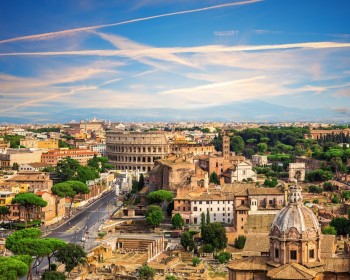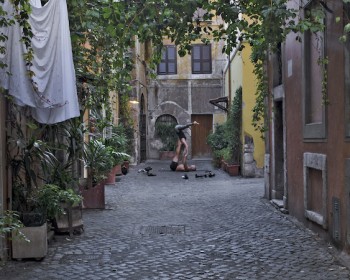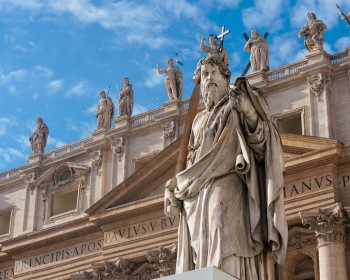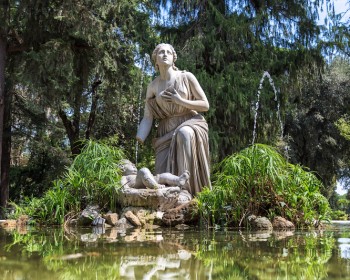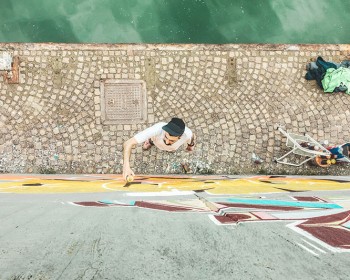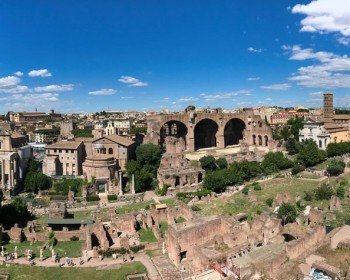However, if you have time to gaze long enough, you surely notice the majestic Vatican Obelisk, right at the center of the Square. Why this ancient piece of art is located in St. Peter’s Square? What does its history recount?
Check out below and discover all the anecdotes about the Vatican Obelisk and its globe!
The Vatican Obelisk: a well preserved Egyptian monument in Rome
If you have strolled in the city center of Rome, you would have probably noticed more than one Obelisks. Romans in fact loved these Egyptian constructions so much that they even brought back home eight of them. They had huge dimensions and they are still located near the most notable highlights of the Eternal City. The largest of them are located beside St. John Basilica, in Popolo Square and in St. Peter’s Square.
The Vatican Obelisk, which is 84 ft tall, was raised in Heliopolis by an unknown pharaoh and later it was moved by Romans, under the order of Emperor Augustus, in the Forum Iulium in Alexandria between 30 and 28 b.C. This is a massive uninscribed construction of red granite, adorned with bronze statues depicting lions at the bottom.
It was only under Emperor Caligula that the Obelisk was moved to the Eternal City and it was placed exactly in the beautiful gardens that Caligula inherited from his family members. Only later it became part of the central spina of the circus that first belonged to Caligula and later to Emperor Nero. This was a private circus where horses and quadriga races were held. Most of it is now located under the present Basilica and the Square: its original location was in fact under the sacristy.
The Obelisk was moved at the center of St. Peter’s Square only in 1586 by the architect Domenico Fontana, under the order of Pope Sixtus V whose main aim was to re-erect all the obelisks of ancient Rome. However, this is the only one obelisk in the whole city that has never toppled since Roman Times.
An ancient legend from the Middle Ages reports that the metal ball placed at the top preserved Julius Caesar’s ashes. During the replacement in the Renaissance, the architect Fontana opened it and he found it empty. Today, the metal globe is part of the exhibition in Museo dei Conservatori.
At the top of the Vatican Obelisk, you can admire a metal cross that now is said to bring relics of Jesus.
--> Discover our Tour of the Christian Relics in Rome
How to visit St. Peter’s Square and the Vatican Obelisk
The access to St. Peter’s Square is free and you can easily enter it either from both parts of the colonnade or from the central area of the Square placed at the end of Via della Conciliazione.
However, you may want to match a visit to St. Peter’s with a stop in the treasures-rich Vatican Galleries and the breathtaking Sistine Chapel. Unfortunately, there is no passage to go from the Basilica to the Museums directly and there is no better way than being led by a local expert.
So, why don’t you opt for Private Vatican Tours? Through the help of a professional guide, you will be able to make the best out of your experience at the Vatican without getting lost or losing your valuable time.




